In today`s complex supply chain landscape, ensuring efficiency and transparency is critical. QR codes are emerging as a powerful tool to streamline operations and boost visibility throughout your entire supply chain.
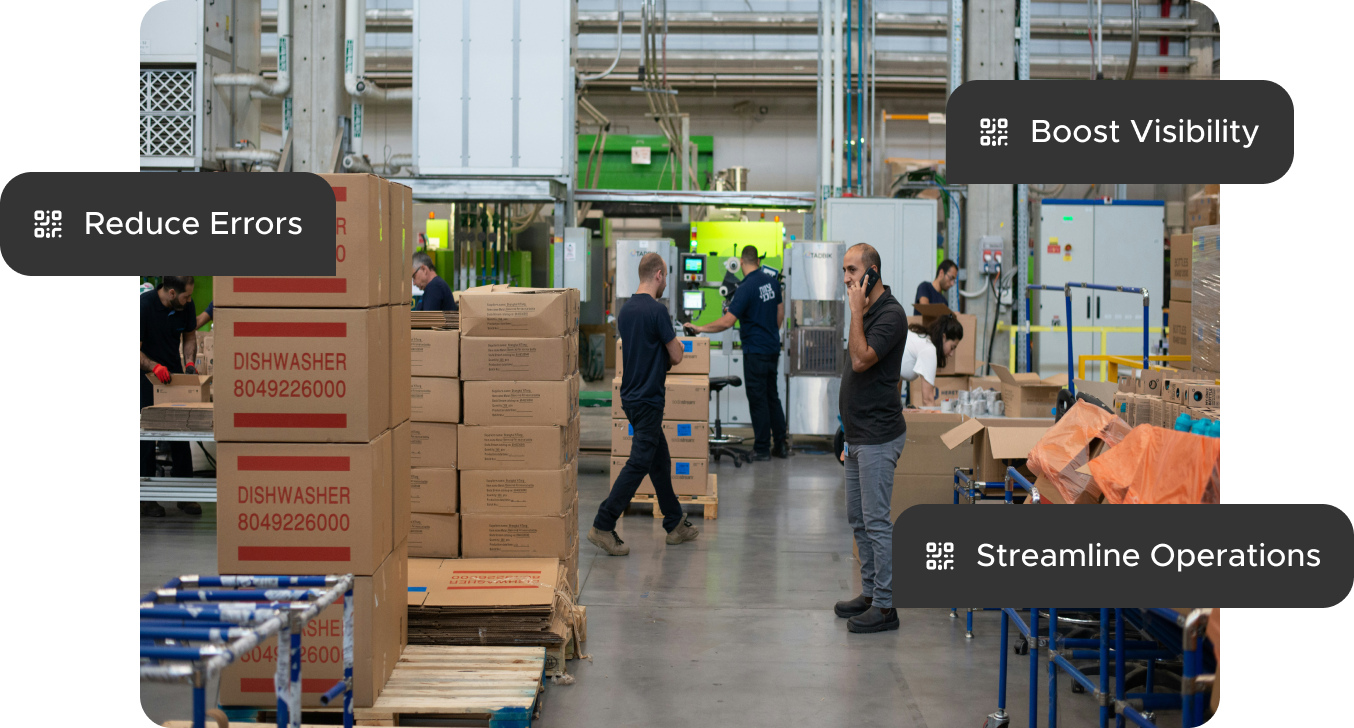
QR codes can significantly enhance your supply chain efficiency. You gain real-time visibility into your operations by embedding product and shipment information. This translates to streamlined inventory management, optimized warehouse processes, and fewer errors throughout the supply chain.
With QR codes, you can also improve fraud prevention and boost customer engagement by providing easy access to product information.

QR codes enable real-time tracking of shipments, allowing companies to pinpoint the exact location and status of goods at every stage of the supply chain. This enhanced visibility ensures that all stakeholders are informed about the progress of shipments, reducing the risk of lost or misplaced items.
Real-time updates help in proactive decision-making, allowing for immediate action in case of delays or issues. QR codes also facilitate better inventory management by providing accurate data on stock levels and movement. This transparency improves customer satisfaction, as clients can receive up-to-date information about their orders.
QR codes offer significant benefits for logistics and supply chain management, particularly in streamlining inventory management. With QR codes, companies can eliminate manual counts and errors associated with traditional product identification methods. Scannable QR codes enable quick and accurate tracking of inventory, providing real-time data on stock levels and locations. This streamlined process reduces the risk of stockouts, improves order fulfillment rates, and enhances overall inventory accuracy.
QR codes can be used to track the movement of goods throughout the supply chain, enabling better visibility and control over the entire logistics process. Overall, QR codes are a cost-effective and efficient solution for improving inventory management in the logistics and supply chain industry.
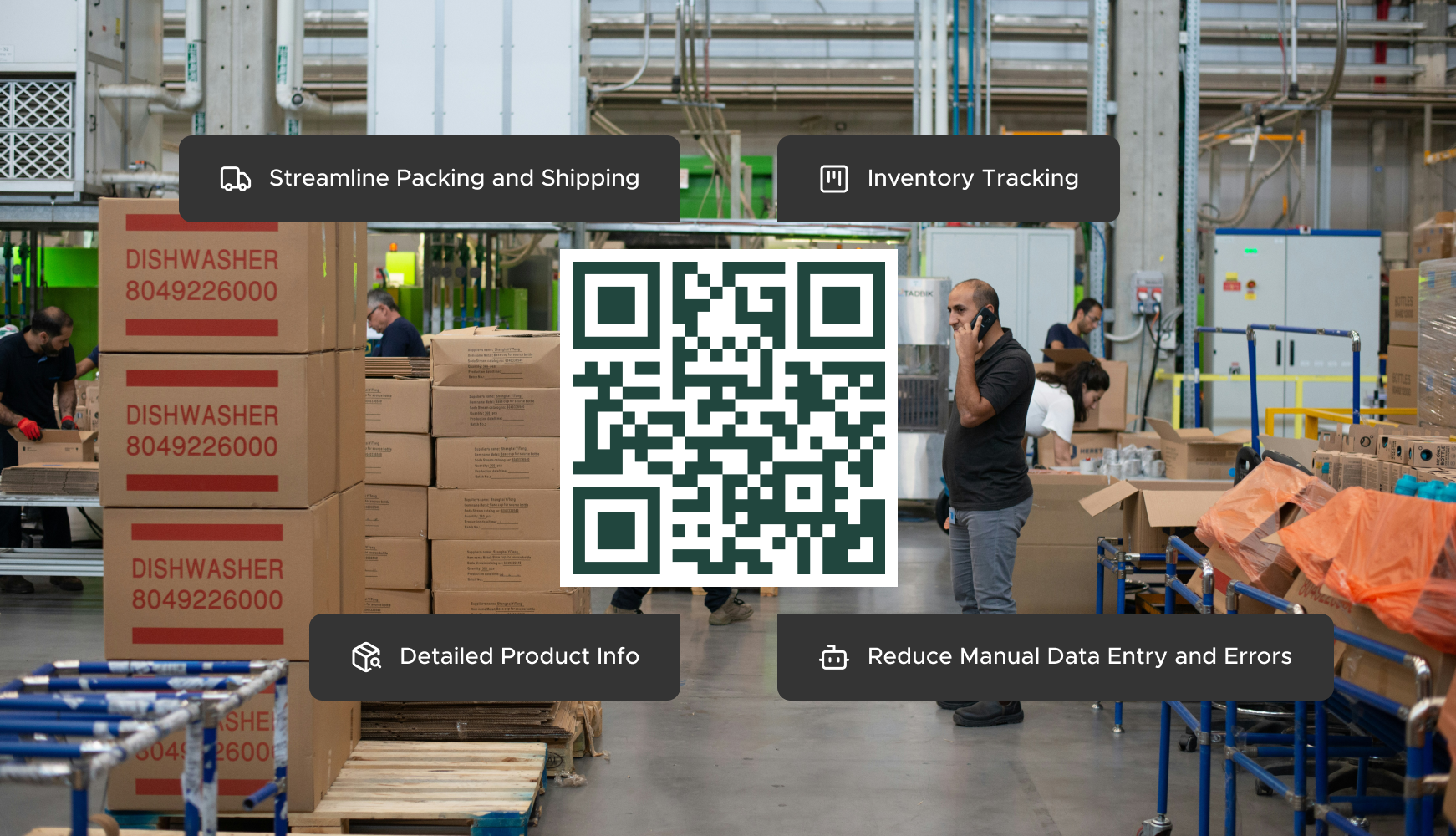
Implementing QR codes in logistics significantly enhances warehouse operations. They enable quick, accurate inventory tracking, reducing manual data entry and errors. QR codes provide real-time visibility into stock levels, aiding efficient inventory management and timely replenishment.
QR codes streamline picking, packing, and shipping. Warehouse staff can scan QR codes for detailed product information, improving order accuracy and minimizing fulfillment errors.
Additionally, QR codes facilitate better asset management by tracking equipment and vehicles, improving asset utilization, reducing downtime, and increasing operational efficiency while cutting costs.
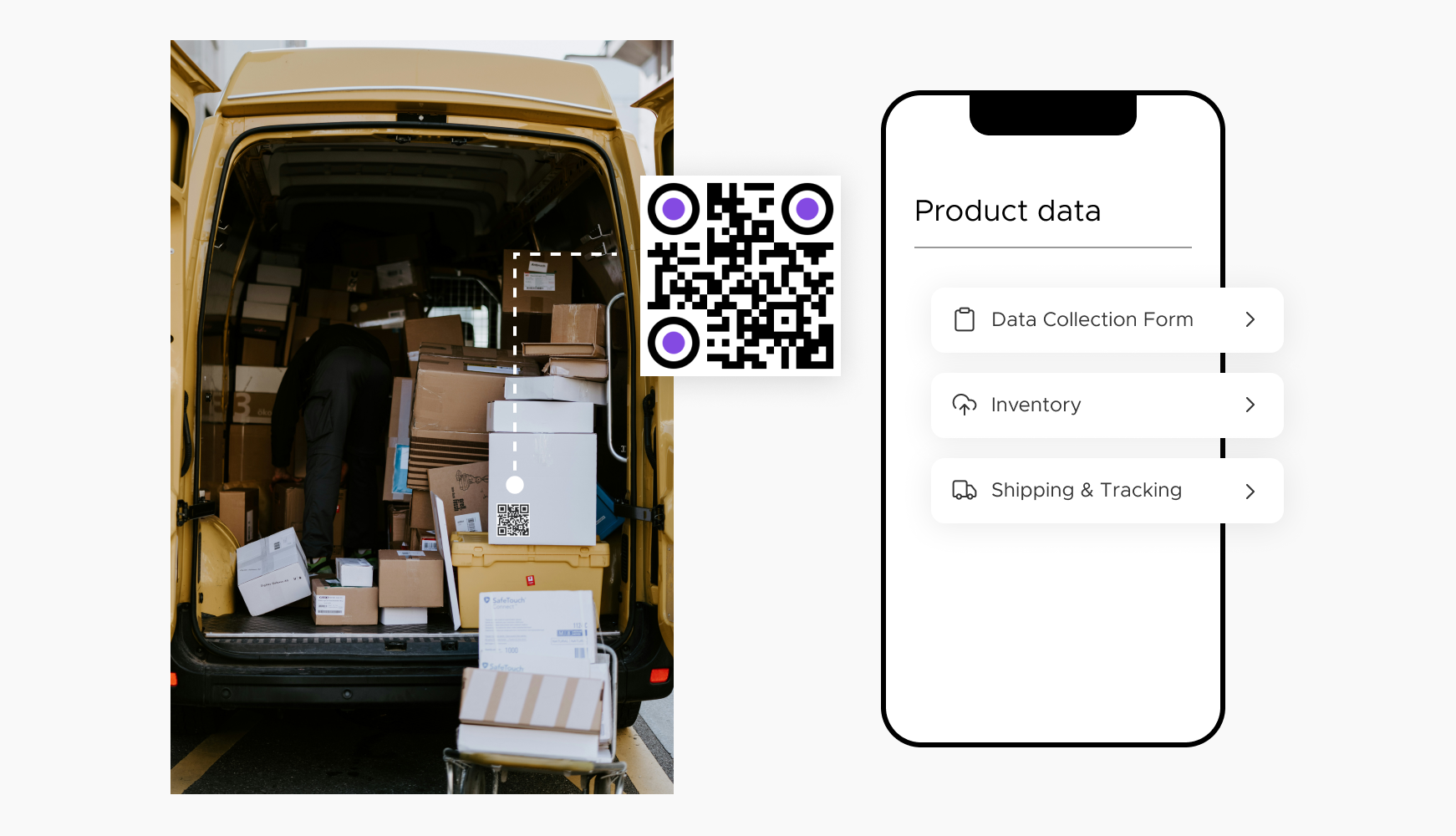
QR codes offer significant benefits for logistics and supply chain management by reducing errors and delays. They provide quick access to product, shipment, and inventory information, minimizing errors from manual data entry. QR codes contain detailed information for efficient tracking and management.
By enabling real-time access to information, QR codes help employees make faster decisions, reducing delays and preventing disruptions in the supply chain. This improves overall efficiency and response times, ensuring smoother operations.
QR codes are a powerful tool for fraud prevention in logistics. Acting as unique identifiers on products or packaging, they carry encrypted information like manufacturing details or batch numbers. When scanned, they authenticate the product's origin and authenticity in real-time.
QR codes enable track-and-trace functionality, recording each scan's location and status, creating a transparent trail that deters counterfeiting. They can also integrate anti-counterfeiting measures like holograms or special inks for added security. Consumers can scan codes to verify product authenticity themselves.
Additionally, QR codes' data analysis capabilities help detect fraudulent patterns, allowing companies to proactively combat fraud in their supply chains.
QR codes on packaging provide instant access to customer service contacts. When scanned, they direct customers to email addresses, phone numbers, or live chat links, simplifying the process of seeking support. This seamless connection helps resolve issues efficiently, leading to higher customer satisfaction. The convenience of scanning a QR code for immediate support improves the overall customer experience and enhances brand perception.
Ready to discover how QR codes can transform your business?
Start by creating your custom QR Code today
QR codes streamline logistics by enabling real-time shipment tracking, efficient inventory management, product authentication, and access to maintenance logs, while also improving supplier coordination through detailed shipment information.
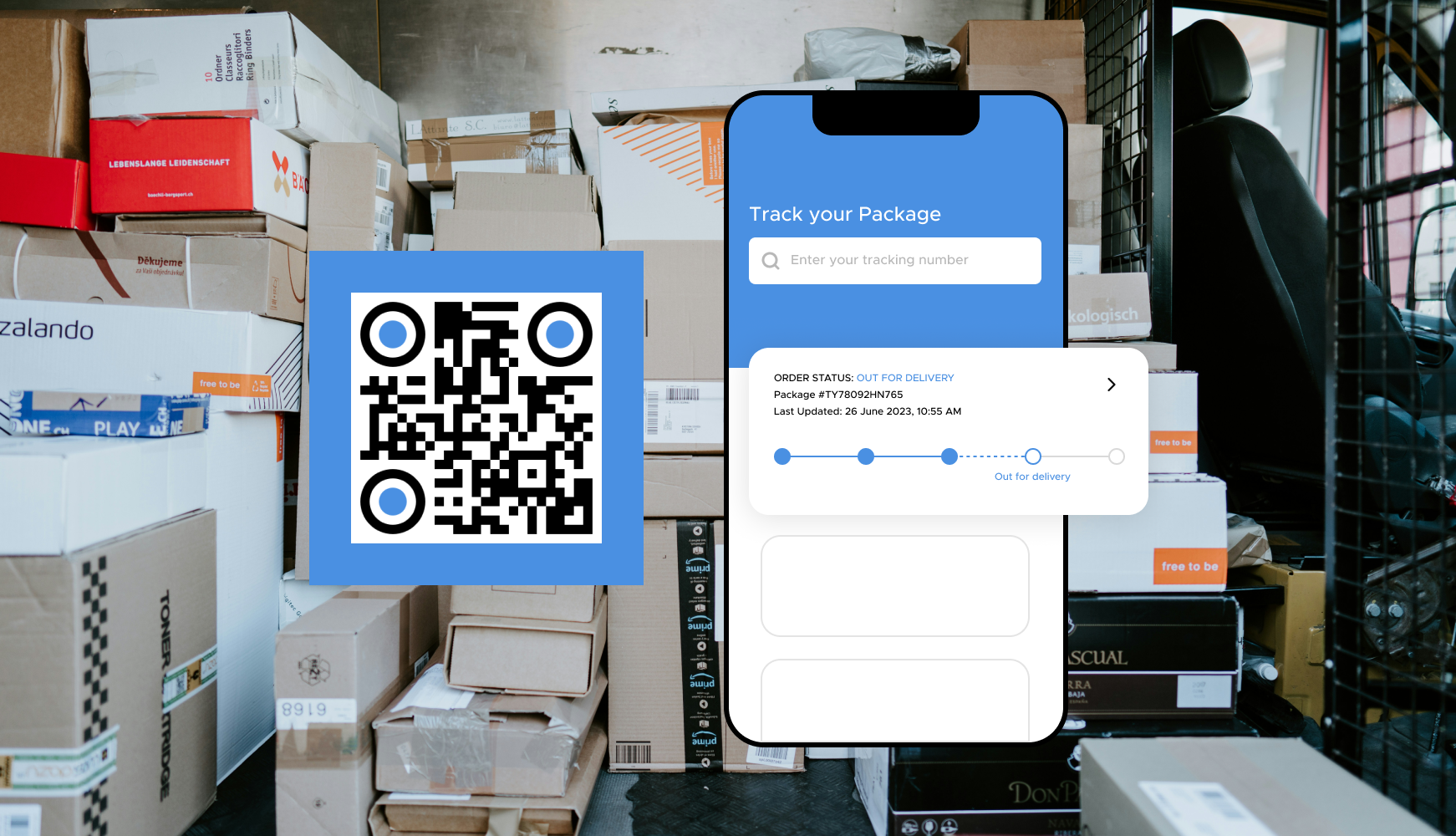
QR codes on packaging enable real-time shipment tracking, providing instant access to location and delivery estimates. Integration with GPS offers live updates, while automated scanning ensures accuracy. Customers can scan codes for shipment status, enhancing transparency. QR codes provide security through encrypted data accessible only to authorized personnel. Data analytics from QR scans optimize routes and improve efficiency, making QR codes a seamless and secure method for real-time tracking in logistics.
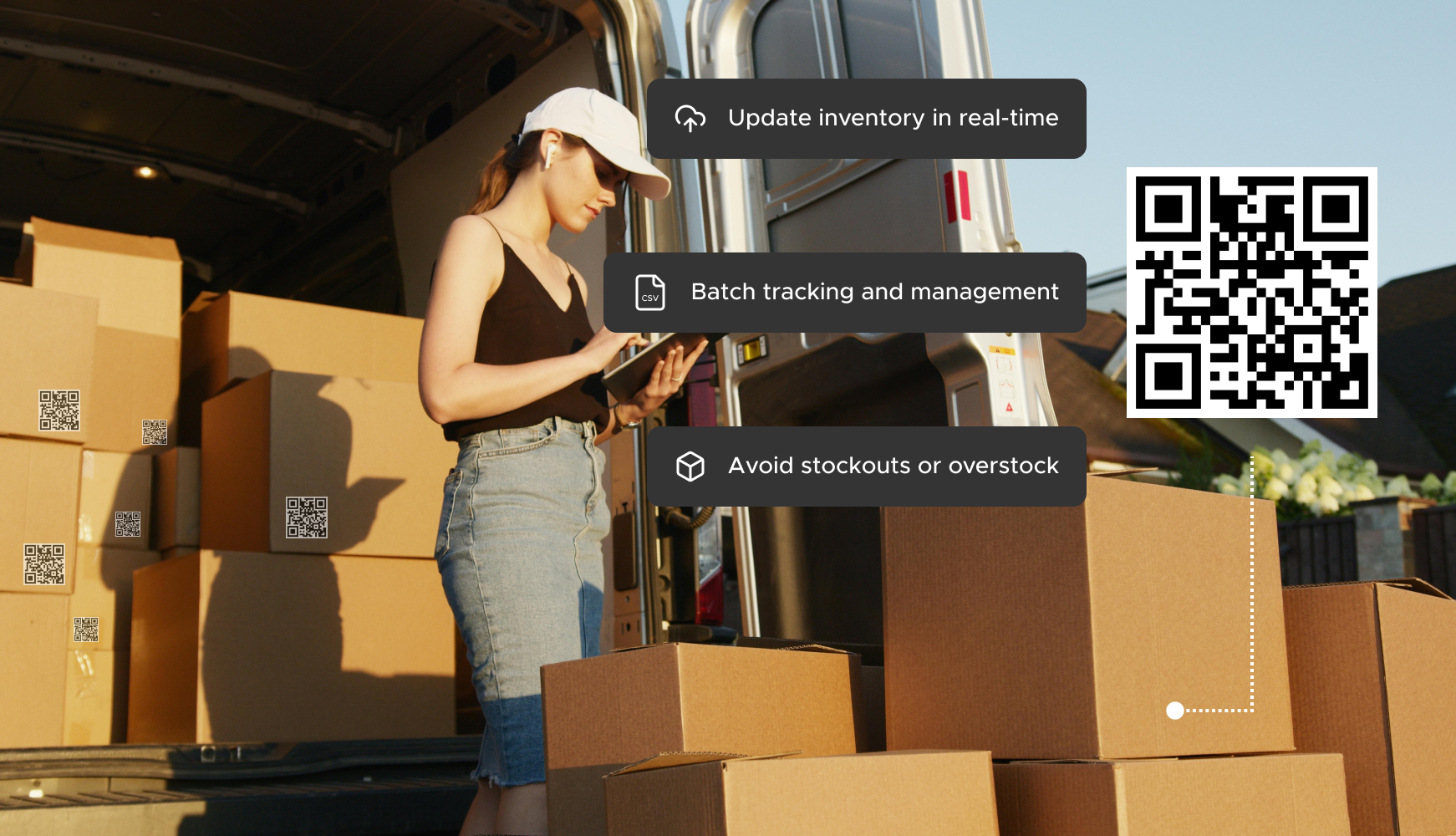
QR codes enhance inventory management by providing efficient tracking and accurate data entry. Placing QR codes on items, pallets, or bins allows easy tracking throughout the supply chain, with each scan updating the inventory system in real-time, eliminating manual data entry and reducing errors.
QR codes also facilitate batch and lot tracking, improving product traceability. This boosts efficiency and accuracy, helping reduce costs and avoid stockouts or overstock situations. Additionally, QR codes integrate seamlessly with systems like ERP or WMS, enhancing overall inventory management.
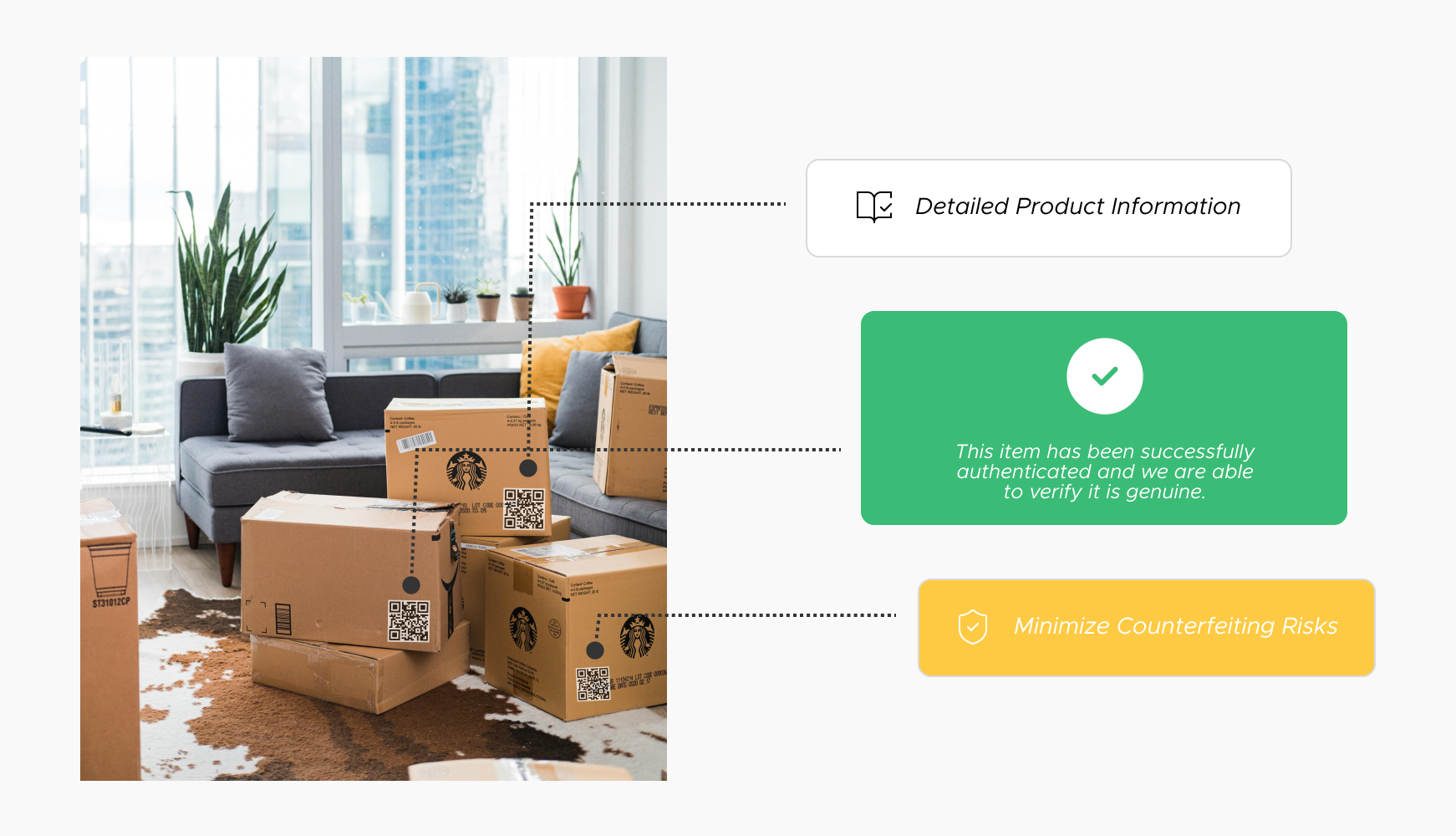
QR codes bolster product authentication in logistics by acting as distinct digital identifiers. Paired with digital product passports, they enable seamless tracking and verification. These passports securely store information on a product's origin, authenticity, and journey. Scanning a QR code allows manufacturers, distributors, and consumers to access this data, ensuring transparency and reducing counterfeiting risks.

QR codes on machinery streamline maintenance and repairs in the supply chain. With a quick scan, technicians can access service history, past repairs, upcoming maintenance schedules, and digital manuals, eliminating the need for paper records. This speeds up their work and reduces downtime.
Linking QR codes to cloud-based maintenance logs centralizes all equipment data, allowing technicians from different locations to view and update the same service history. This improves communication, prevents breakdowns, and extends equipment lifespan.
QR codes streamline supplier coordination and enhance transparency in the supply chain. Here's how they contribute:
By leveraging QR codes, suppliers improve communication, reduce errors, and increase efficiency, leading to better customer relationships and a streamlined supply chain.
At QR Stuff, we understand the importance of efficient logistics and smooth supply management. QR codes can be a powerful tool to streamline your processes and gain real-time data. Here's how you can create a QR code specifically for your needs:
Select a reliable QR code generator like QRStuff, which offers a range of features to create dynamic and customizable QR codes suited for your business needs.
Ready to discover how QR codes can transform your business?
Start by creating your custom QR Code today.
Depending on your goals, choose the appropriate type of QR code for your logistics and supply chain needs. This might include:

Ensure your QR code aligns with your brand identity. QRStuff provides various customization options, allowing you to adjust colors, add logos, and create a visually appealing QR code that is consistent with your branding.

Before implementation, test the QR code to ensure it scans correctly and directs users to the right content. This step is crucial to avoid any frustration or inconvenience for your customers.

Download the QR code and integrate it into your promotional content. This can include printed materials like flyers, brochures, posters, or online platforms such as websites, social media, and email campaigns.

Use QRStuff’s dashboard to track the performance of your QR codes. Collect feedback and measure the success of each code, allowing you to optimize their use and improve customer engagement.

Don't leave users in the dark! After scanning the QR code, provide a clear and concise instruction telling them exactly what you want them to do next. This could be anything from visiting a specific webpage to track a shipment, downloading product information, or leaving a review. A clear call to action will improve user experience, guide them towards the desired action, and ensure they get the most out of your QR code.
Consider the journey of your product and where your target audience will be looking for information at different stages. Place QR codes on the product itself, packaging labels for easy access during unpacking, invoices included with shipments, shipping documents for warehouse and carrier personnel, and any other key touchpoints throughout the supply chain. This thoughtful placement will make it easy for users to find and scan the QR code at the precise moment they need the information it provides, optimizing the information flow within your logistics network.
Since smartphones are the primary tool for scanning QR codes, it's critical to ensure the information linked to the code is optimized for mobile devices. This means employing a responsive design that automatically adjusts to different screen sizes, ensuring the information is displayed correctly on any smartphone or tablet. Fast loading times are also essential for a smooth user experience. By prioritizing mobile-friendliness, you'll guarantee that users can access the QR code's content quickly and conveniently, regardless of the device they're using.
A blurry or poorly printed QR code is a wasted opportunity. Invest in high-quality printing that guarantees the code is clear, crisp, and easily scannable, even after potential handling wear and tear during the shipping process. This might involve using higher resolutions for sharper images, proper color contrast for optimal scannability, and durable materials for labels that can withstand the rigors of the supply chain without compromising the QR code's integrity.
QR codes can store a surprising amount of data. If you're encoding sensitive information like product serial numbers, tracking IDs, or other confidential details, prioritize using a secure QR code generator with encryption and access controls. This will safeguard your data from unauthorized access or potential breaches, mitigating security risks and protecting your valuable business information.
Start by creating QR codes for free with QRStuff, or subscribe today to unlock full design capabilities, generate unlimited codes, and access all file types and more!
Yes, you can create QR codes for essential Logistics & Supply Chain needs like promotional offers, or customer feedback forms using our free QR code generator. However, customization options, such as branded QR codes or detailed scan analytics, require a subscription.
A subscription unlocks advanced features tailored to Logistics & Supply Chain businesses, including dynamic QR codes that allow real-time updates, detailed scan analytics to track customer engagement, and customization tools to align QR codes with your branding. These features help improve efficiency, enhance customer experiences, and strengthen your business's overall impact. See the full list of features associated with each subscription here.
You can reach out to us at support@qrstuff.com for assistance. Free users receive email support with responses typically provided within 12–24 hours. Subscribers enjoy priority support via email, phone, or live chat for faster resolutions. To help us assist you efficiently, please include your account details, QR code ID, and a brief description of the issue when contacting support.